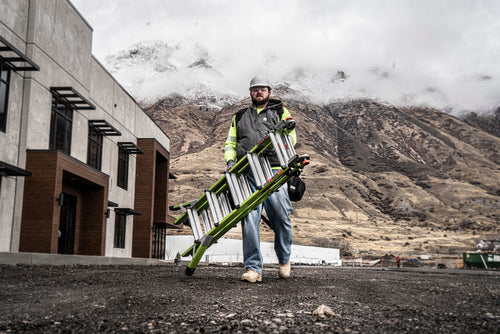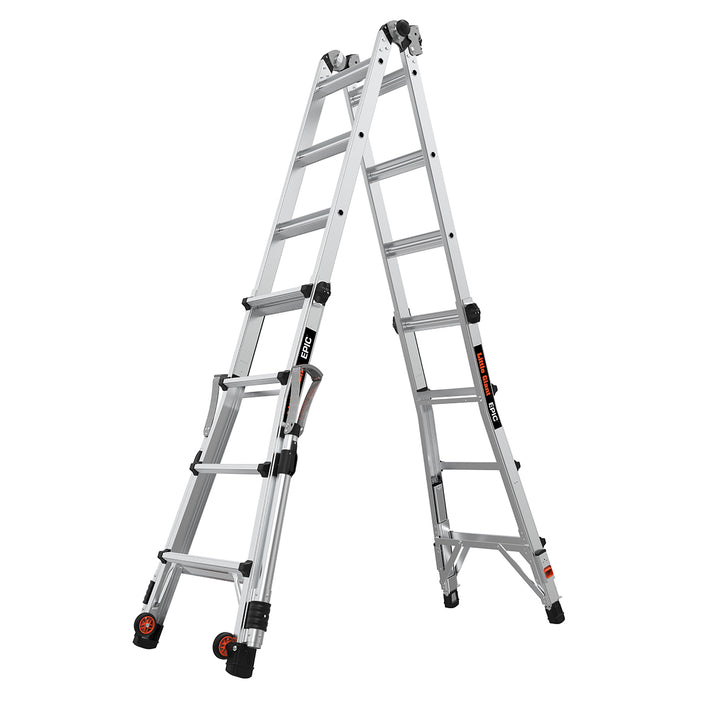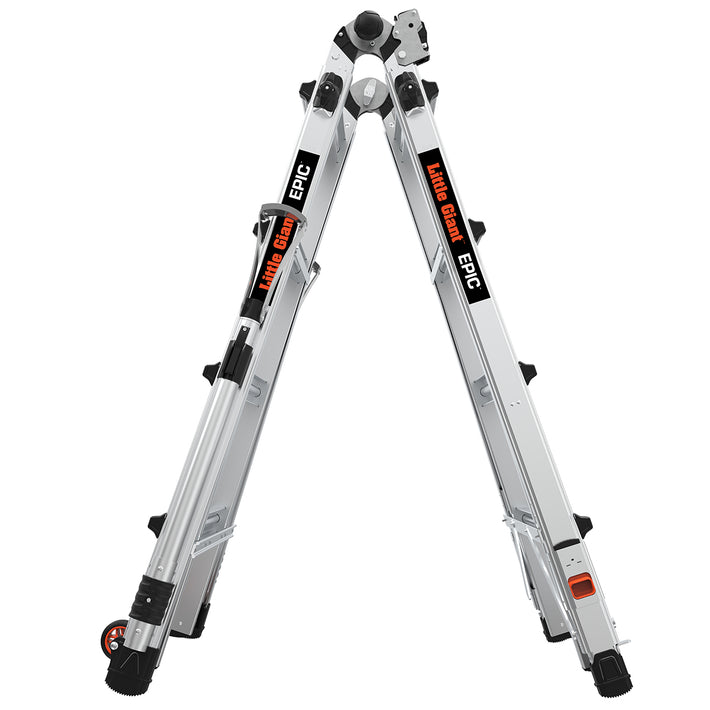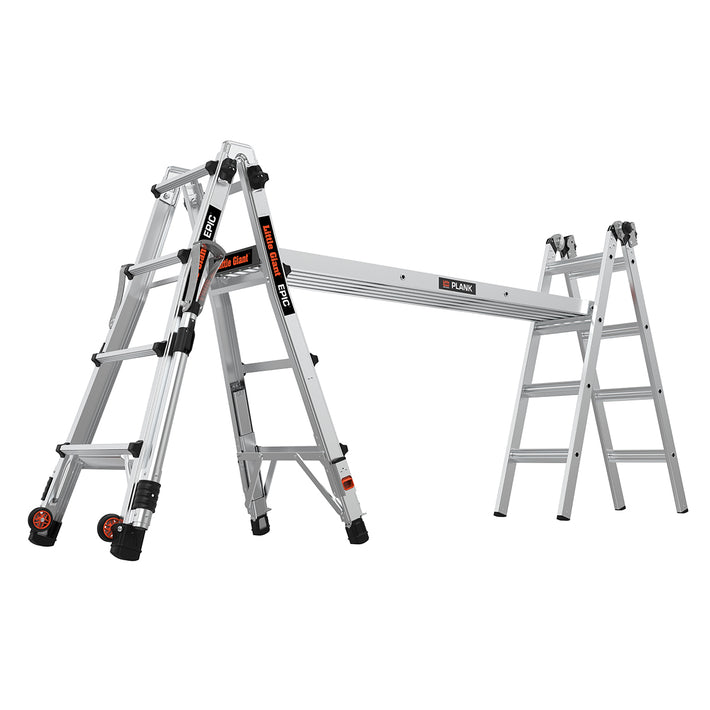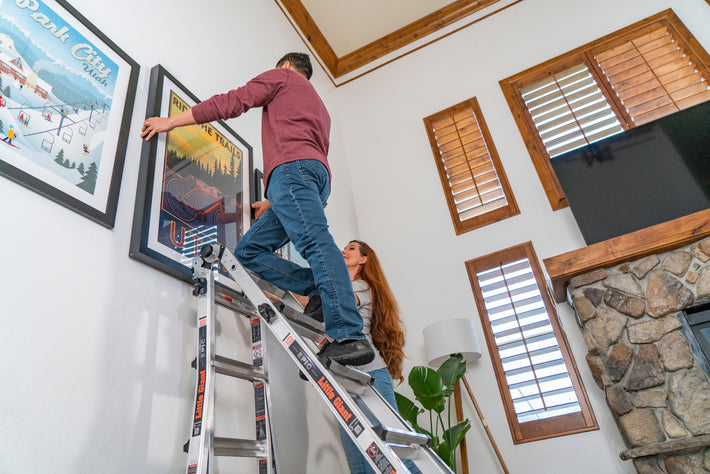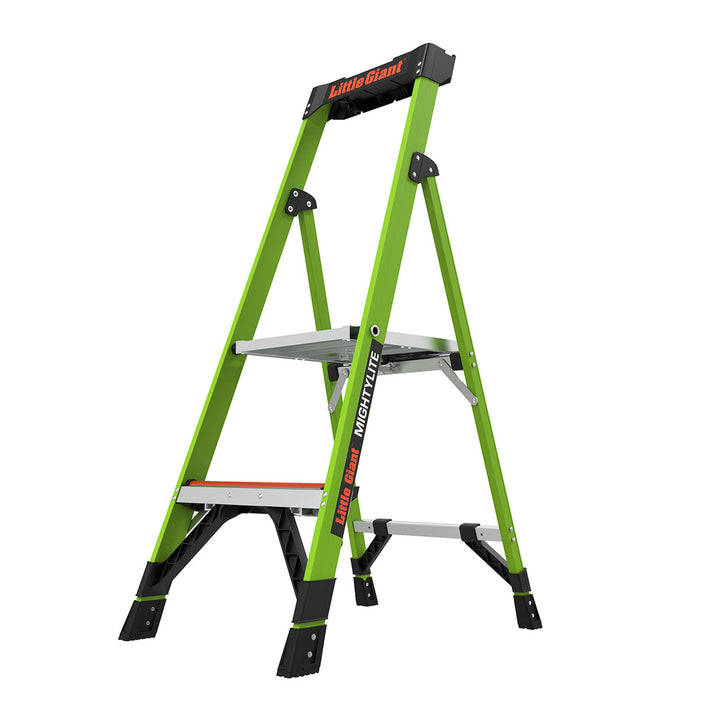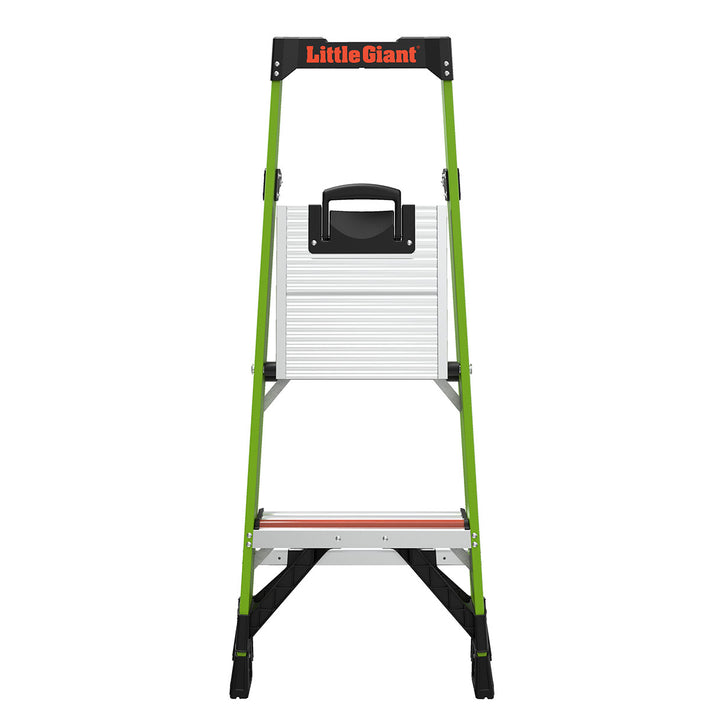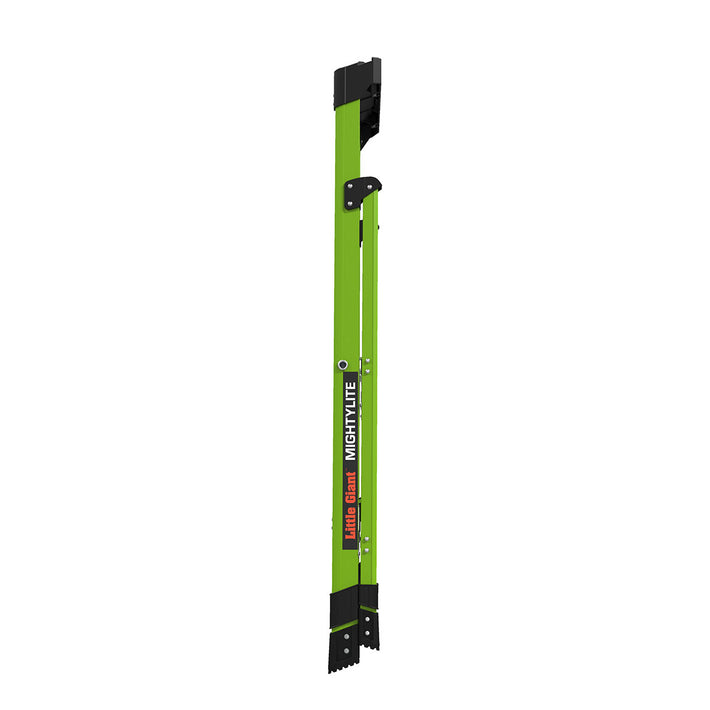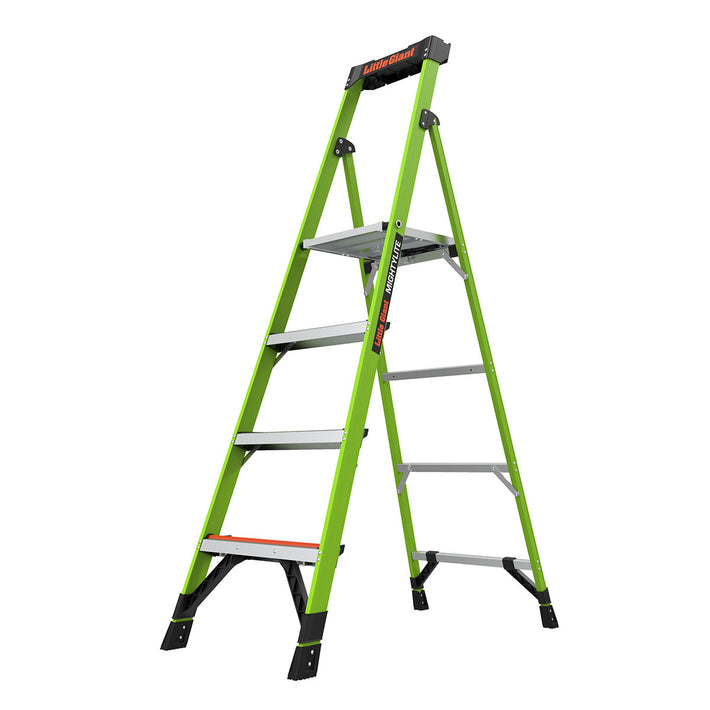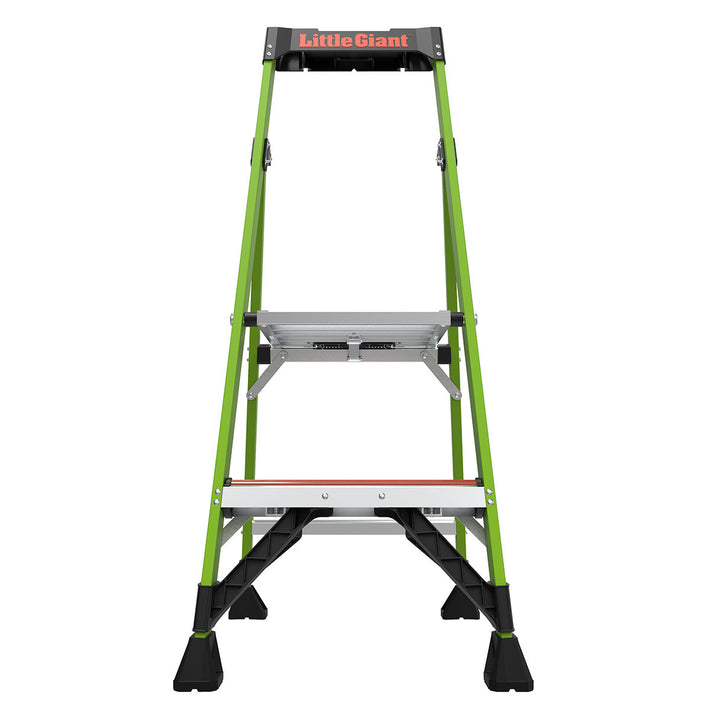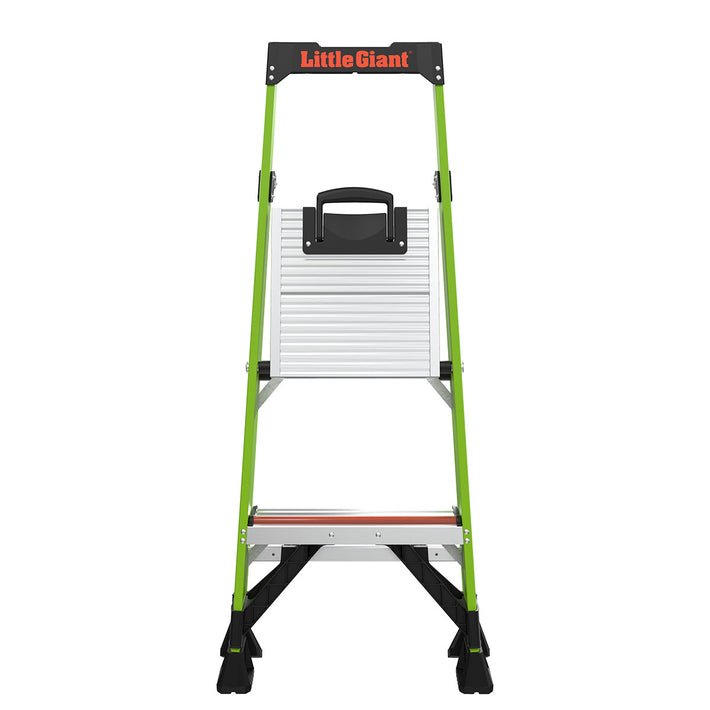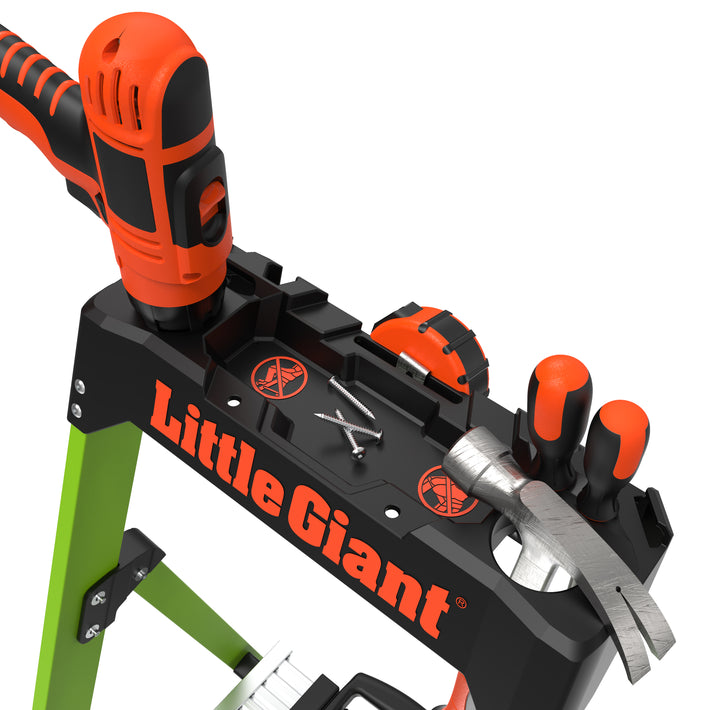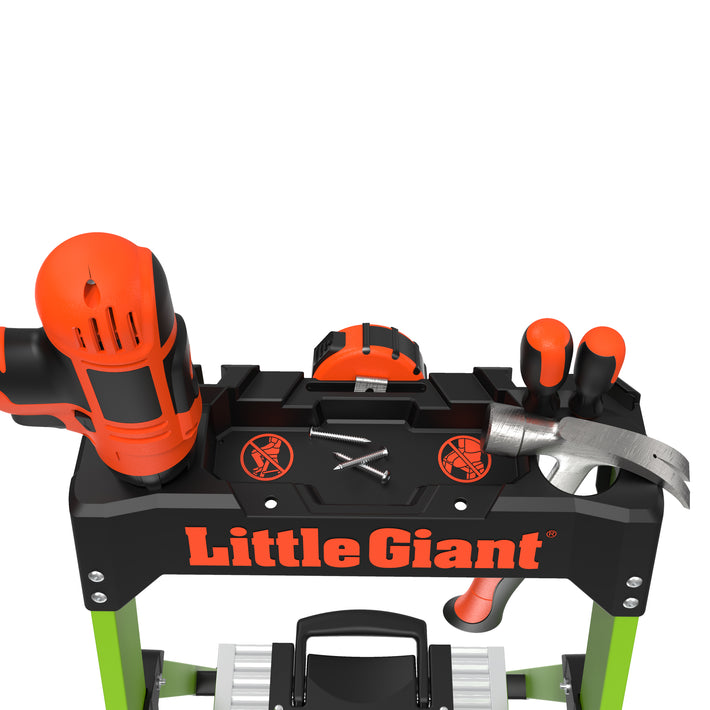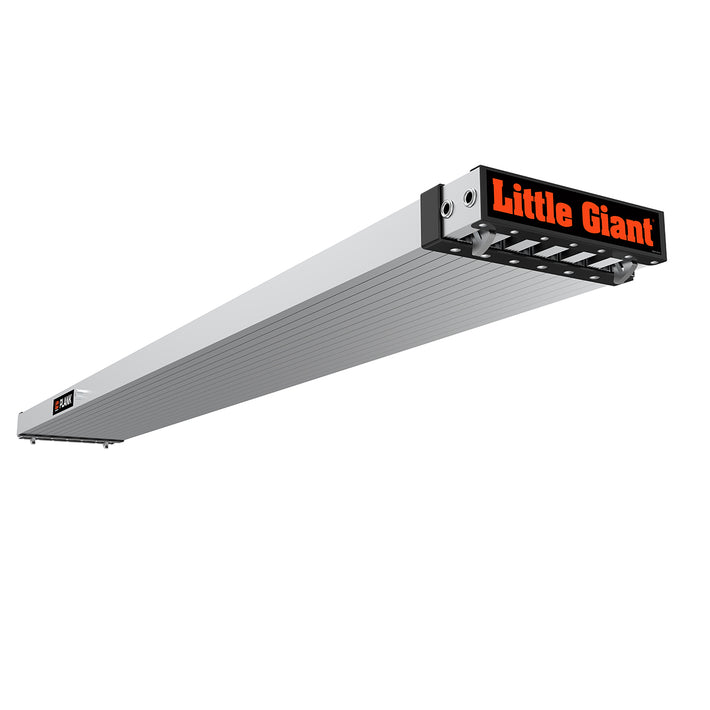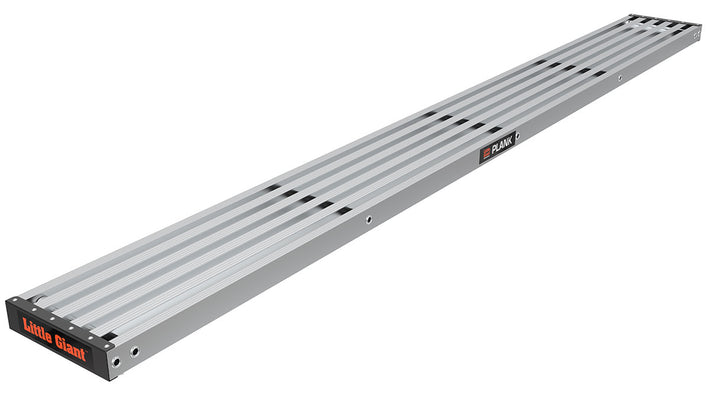Four Major Causes of Ladder Accidents
Major ladder accidents happen quickly and can, at a glance, seem unexpected. Although freak accidents can and do happen, most ladder-related injuries are completely preventable, which is why today, Dave Francis, ladder safety specialist at Little Giant Ladders is sharing the four major causes of ladder accidents.
I had an article get published in Industrial Safety & Hygiene News about the four major causes of ladder accidents, and I decided I should share some of the article here as well. Here are the four main causes of ladder accidents:
1. Ladders are too heavy
In some service industries, close to half of their ladder-related injuries are strains and sprains from handling a heavy ladder. Some workers are doing 8-12 visits a day with a 28-foot extension ladder that weighs more than 70 lbs. The solution to this problem is to use lighter ladders.
2. The wrong ladder for the job
Often, the right ladder is too heavy, so workers opt for the shorter, wrong ladder. If I have the choice to carry a 4-foot stepladder or an 8-foot stepladder, I’ll probably carry the 4-footer and try to make it work by climbing on the top step or top cap of the ladder to get the job done. The main solution to this problem is to get a taller ladder. A secondary solution is to take out the top rung since it's only purpose is to hold a sticker that tells the operator not to stand there.
3. Leveling a ladder
When faced with uneven ground, many people level their ladders with bricks and boards. Luckily, there is now a better solution. Some companies have added built-in leveling devices integrated into the actual ladders. Some of Little Giant's products with these integrated levelers include the Leveler, Quantum and Revolution.
4. Over-reaching
Improper leveling and over-reaching are the major causes of tip-and-fall accidents, causing thousands of disabling injuries and hundreds of fatalities every year. Workers are trained to keep their bodies between the side rails of the ladder, but that doesn’t happen 100 percent of the time. Adding outriggers to the bottom of an extension ladder increases the ladder's footprint and can prevent injuries. If the climber can’t get outside of the footprint of the ladder, the ladder won't be able to tip over. The outrigger would also help level the ground.
In addition to training...
Workers can get training from OSHA or from the American Ladder Institute, but training alone isn't enough. Since people continue to misuse ladders, the best way to prevent ladder accidents is by innovating safety through design, which is one of Little Giant's top engineering priorities.


